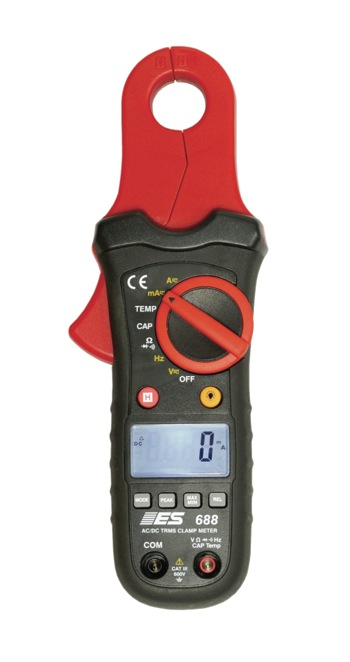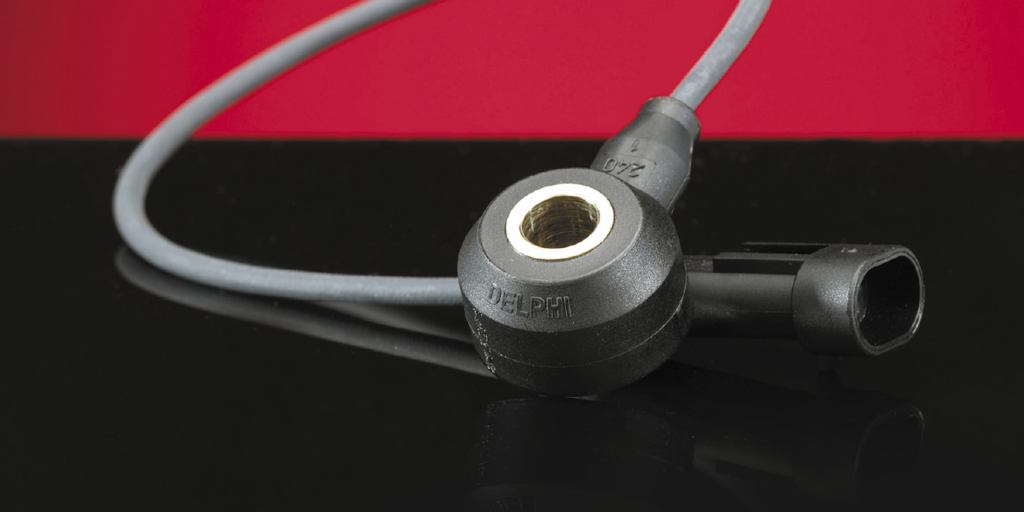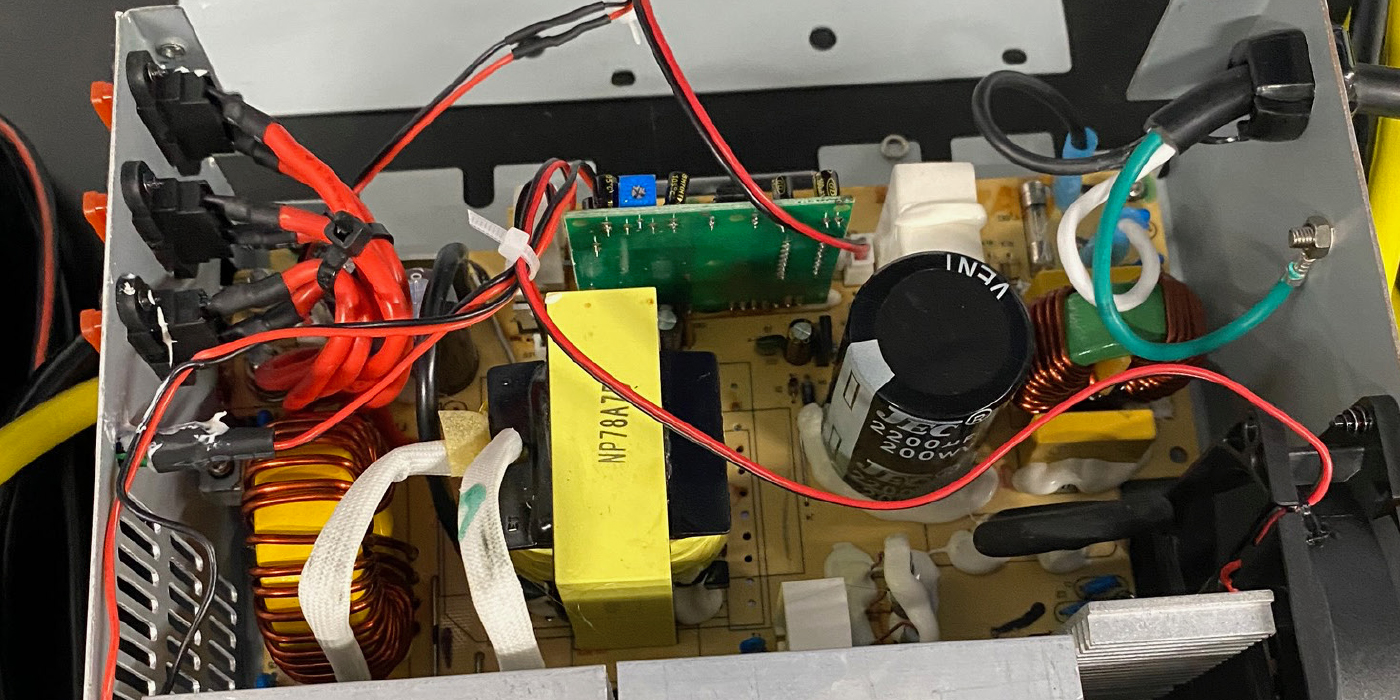
Electronic Specialties introduces the model #688 True RMS Low Current Clamp Meter. This new clamp meter was developed with significant feedback from the company’s dealers and end users. Two requests were larger clamp size and better zero stability. All told, development time for the 688 was more than three years.
The 688 features a 0.75” (19 mm) clamp opening, the largest clamp size available for any 1 mA current probe on the market. Electronic Specialties enlarged the clamp as much as possible, while still maintaining accurate low reading capability of 1 mA for diagnosing parasitic battery drains. This allows clamping over heavy-duty ground cables and some multiple ground cable systems.
Electronic Specialties also greatly improved the drift on DC amps readings, also known as zero stability. Since, low DC current probes are extremely sensitive, when they moved, the instrument picks up ambient electro-magnetic fields from other electrical sources. In this way, the reading can drift quite a bit. Electronic Specialties worked on the zero circuit to eliminate much of the inherent drift.
The 688 also features a full range digital multimeter built-in, with the significant added benefit of True RMS accuracy. Beyond amps, it also measures DC/AC volts, ohms, frequency, capacitance, diodes, continuity and temperature in F and C. Multimeter test leads, temperature probe and zippered carrying case are included.
The #688 True RMS Low Current Clamp Meter is part of ESI’s line of professional hand-held test equipment. Literature can be obtained free by calling 800-227-1603.













